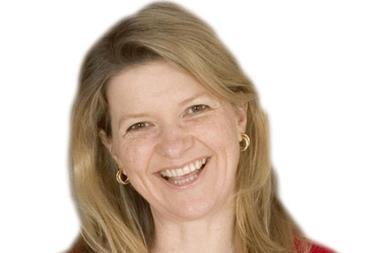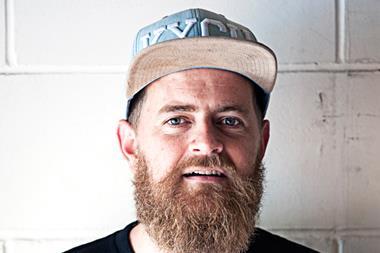Successful industries are constantly reinventing themselves, even when things are going well. Charles Handy used the concept of the Sigmoid Curve to make the case for significant ongoing change. There is always a first period of experimentation and learning, which is followed by a time of growth and development. Whenever I’m working with people on their development, I find it useful to get a sense of where they are on the ‘career curve.’ We all move along this curve a number of times during our career.
‘Right Start’ is the stage where you’re just starting a new role. You’re excited, nervous, focused on making a good impression and getting some quick successes. Depending on the role, this stage can last a few weeks to six or more months. It’s a time to capitalise on the honeymoon period: building relationships with key people, identifying priorities that will make the biggest difference.
‘Developing Mastery’ is where you’ve been in the role for a little while, the honeymoon period is over and you’re focused on your performance and results. This is typically a longer period covering some months to years. While it’s still vital to maintain the strategies from your ‘Right Start’, it’s now also really important to be aware of the behaviour that will help you to achieve best performance. In the day-to-day pressures of the role, it’s easy to lose perspective. Reconnecting with the purpose of your role, aligning your activities around your strengths and values, and identifying and adapting any potential derailing behaviours can really help you master your role.
‘What’s Next?’ You’ve probably achieved what you set out to do, and need a new challenge. Maybe you’re not sure which direction to go next. I often meet people who have been at this stage for a long time, feeling frustrated or stuck. The thing to do here is to ask yourself some big questions like ‘What do I want to achieve in the next stage of my career? What sort of work most excites me? What type of work do I really value?’ Your answers to these questions will provide you with a foundation to take charge and create your next curve.
So, where are you on the career curve? What can you do now to make the most of the stage you’re at?
Sign in to comment on this article
Not logged in before? Register for FREE guest access today.
You will be able to:
- Read more stories
- Receive daily newsletters
- Comment on stories
Advert


















1 Readers' comment